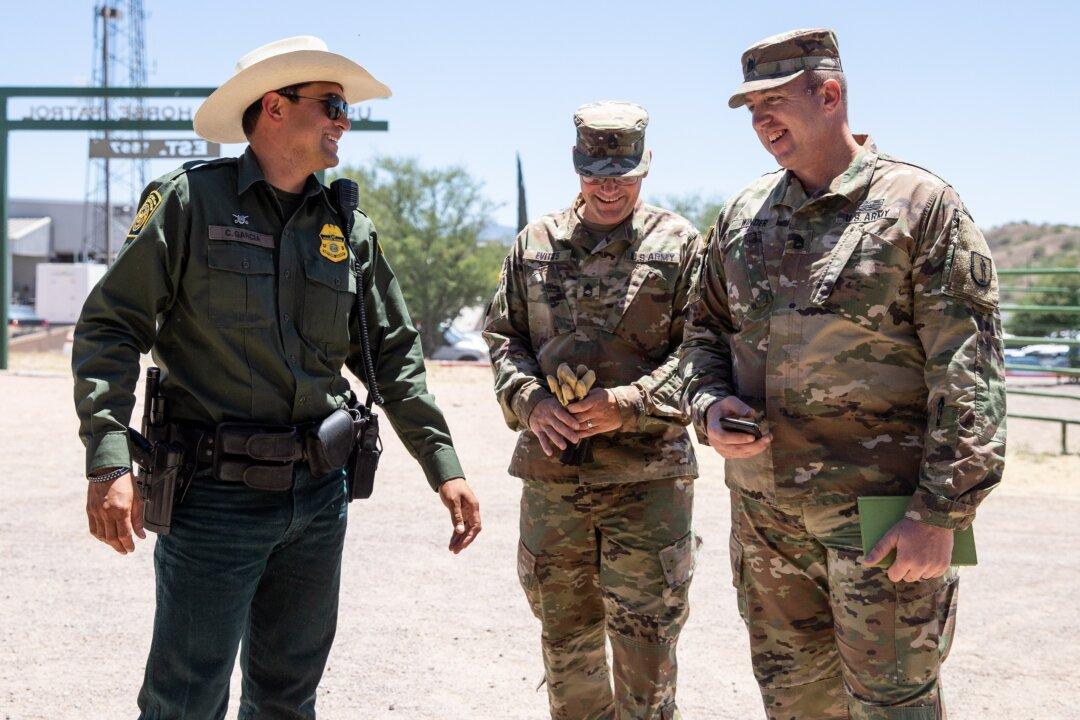The newly elected Democratic governors in California and New Mexico have decided to pull most National Guard troops from their deployment at the southern border.
California Gov. Gavin Newsom announced Feb. 11 that he will withdraw 260 of the 360 troops who were sent to assist at the border last year by his predecessor, Jerry Brown, also a Democrat.





